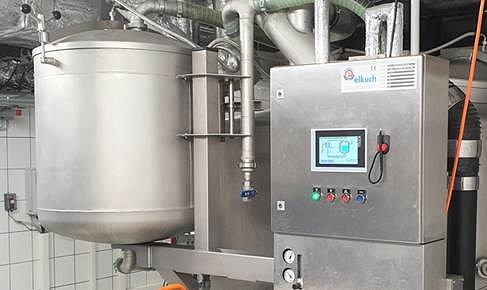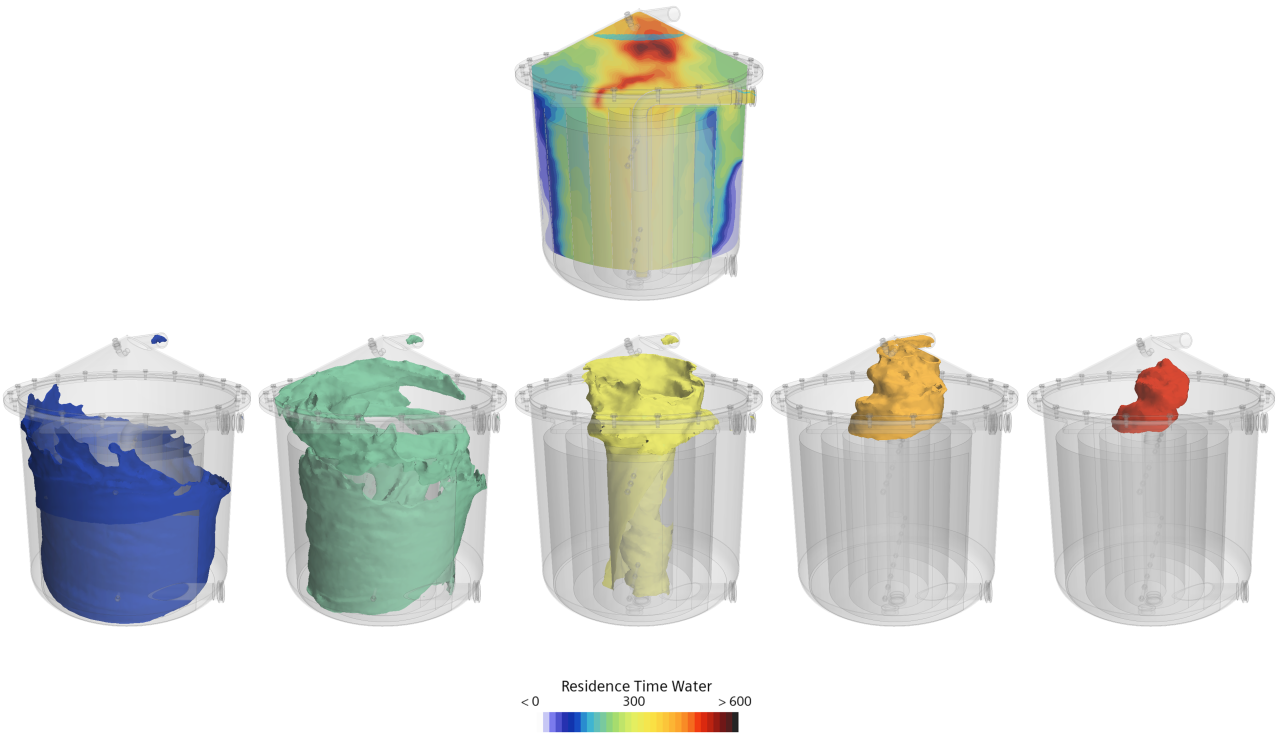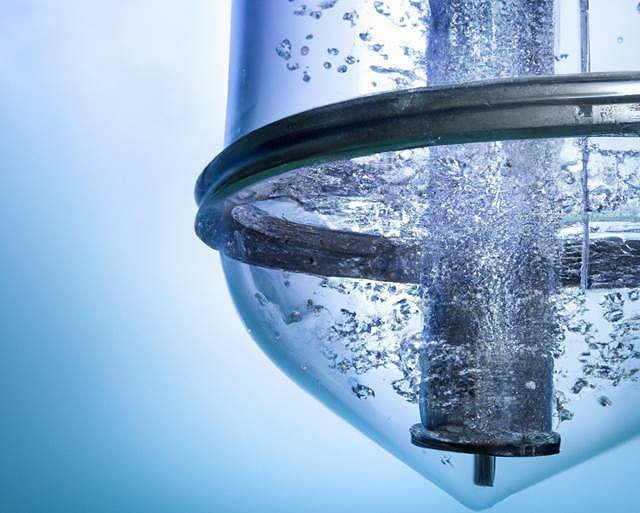Solving Ambitious Challenges in Wastewater Treatment Using HPC in CFD Simulation
Parameterized HPC 3D-CFD-simulations were used to improve an ozonation reactor that builds an additional cleaning stage in wastewater treatment plants as well as a dissolved air flotation reactor for the industry. The goal is to significantly reduce investment and operational costs up to 20%. Furthermore, the wastewater quality should be improved by better removing micropollutants and separating emulsified and dissolved substances.
SECTOR: Environment
TECHNOLOGY USED: HPC, CFD Simulation
COUNTRY: Liechtenstein and Germany
The challenge
Increasing rates of improper drug disposal generate pharmaceutical pollution in natural water resources. At the same time, solid waste decomposes and creates micro-pollutants. Consequently, Europe's freshwaters are increasingly filled with such pollutants.
To purify water of these contaminants , new treatment stages and purification technologies must be deployed. The 2021 EU regulation will drive operators to upgrade their facilities for higher wastewater quality. Based on about 71,000 municipal wastewater treatment plants (WWTP) that operate in 28 EU countries, including Norway and Switzerland, this will lead to investment costs of up to €3.7 billion per year.
AeroFEM and TK Consult take this challenge as a business opportunity and want to be the first companies in the market to propose innovative solutions for the WWTP operators, taking the lead over their competition to achieve a unique selling proposition. Additional market shares would then allow for organic growth in manpower and expertise. Holinger GmbH and Ludwig Elkuch AG as executing companies expect their primary marketplace to expand substantially with the digital approach and fast turnaround times in design and construction. Franchise and collaboration models will speed up the upgrade and generate additional revenue.
The solution
Two high-end purification technologies - ozonation and pressure floatation - were considered. While ozonation covers pharmaceutical pollution and is more novel, pressure flotation actively deals with solid suspensions and micro-pollutants, complementing the more passive sedimentation in tanks or basins.
Each technology solution is managed through a digital twin considering the system’s CAD geometry and the CFD simulation model of the purification technique. Based on suitability and accuracy, validated methods are applied to the simulation model for physics and chemistry.
An HPC-based workflow is provided to empower SME user processes through efficient systems-/ process scaling and optimisation. HPC use is essential to allow turnaround of the simulations consistent with the users business processes.
Business impact, Social impact, Environmental impact
The innovative IT solution provides all participating companies with a competitive advantage in wastewater management and other related sectors, which represents a massively growing market. This should provide a major incentive for other SMEs and start-ups to take up the technology and enter that market.
HPC Centres benefit significantly from an additional demand for HPC resources to cut design and construction turnaround times with new SME customers using their resources to run efficient optimisation cycles.
Eliminating pharmaceutical contamination from water reduces the risk of antibiotic resistance while removing micropollutants reduces the risk of health-damaging effects caused by potentially trapped and accumulated micro particles in different tissues and organs, such as lungs or placenta. Overall trapping and accumulation of pharmaceutical residues and micropollutants in our global environment as well as the entire human food chain will decrease.
Benefits
- The customised digital workflow, including validated simulation models tailored to the needs of the design process, speeds up turn-around times by 50–70% compared to current workflows.
- New strategic services in the portfolio of AeroFEM GmbH and TK Consult AG lead to an expected growth of 20-40% in total sales of consulting services and software.
- Ludwig Elkuch AG and Holinger GmbH expect a growth of 30-50% in sales of systems and building services.
- Savings for federal and municipal authorities in public construction projects of 30-40% compared to current costs.
Strategic alliances between federal/municipal authorities and their contractors to cost-effectively master this massive undertaking.
Organisations involved:
End User: Holinger GmbH
End User: Elkuch AG
Technology Expert: AeroFEM GmbH
Technology Expert: TK Consult AG
HPC Provider: HLRS Stuttgart
Partner HLRS is part of the German NCC.




